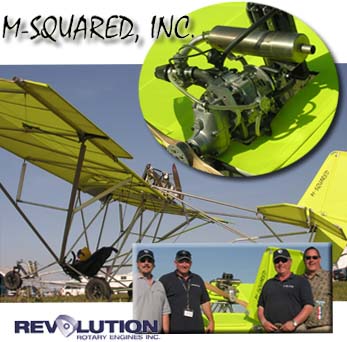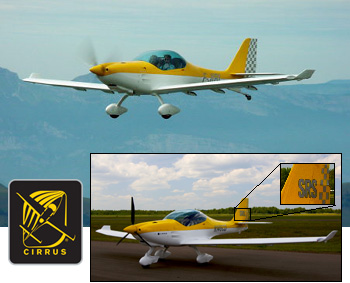
Part 103 ultralights seem eclipsed by the attention awarded to Light-Sport Aircraft. But a Wichita tech entrepreneur who sold his business is now pursuing aviation focused on the airplane formerly known as the Kitfox Lite. *** James Wiebe bought the rights to the single seater, opened shop as Belite Aircraft, and immediately started replacing aluminum and wood components with carbon fiber. The result is a genuinely light aircraft than can make Part 103 with several pounds to spare. *** On July 4th, as America was blowing off fireworks, James fired up his 28-horsepower Zanzottera MZ-34 engine to make his maiden flight. “While the rest of the country was focused on celebrating independence, I was experiencing it, making lazy circles in the sky above Jabara Airport,” Wiebe expressed. As flown, the airplane weighed approximately 245 pounds and that included the optional rear window and a full VFR panel.





























































